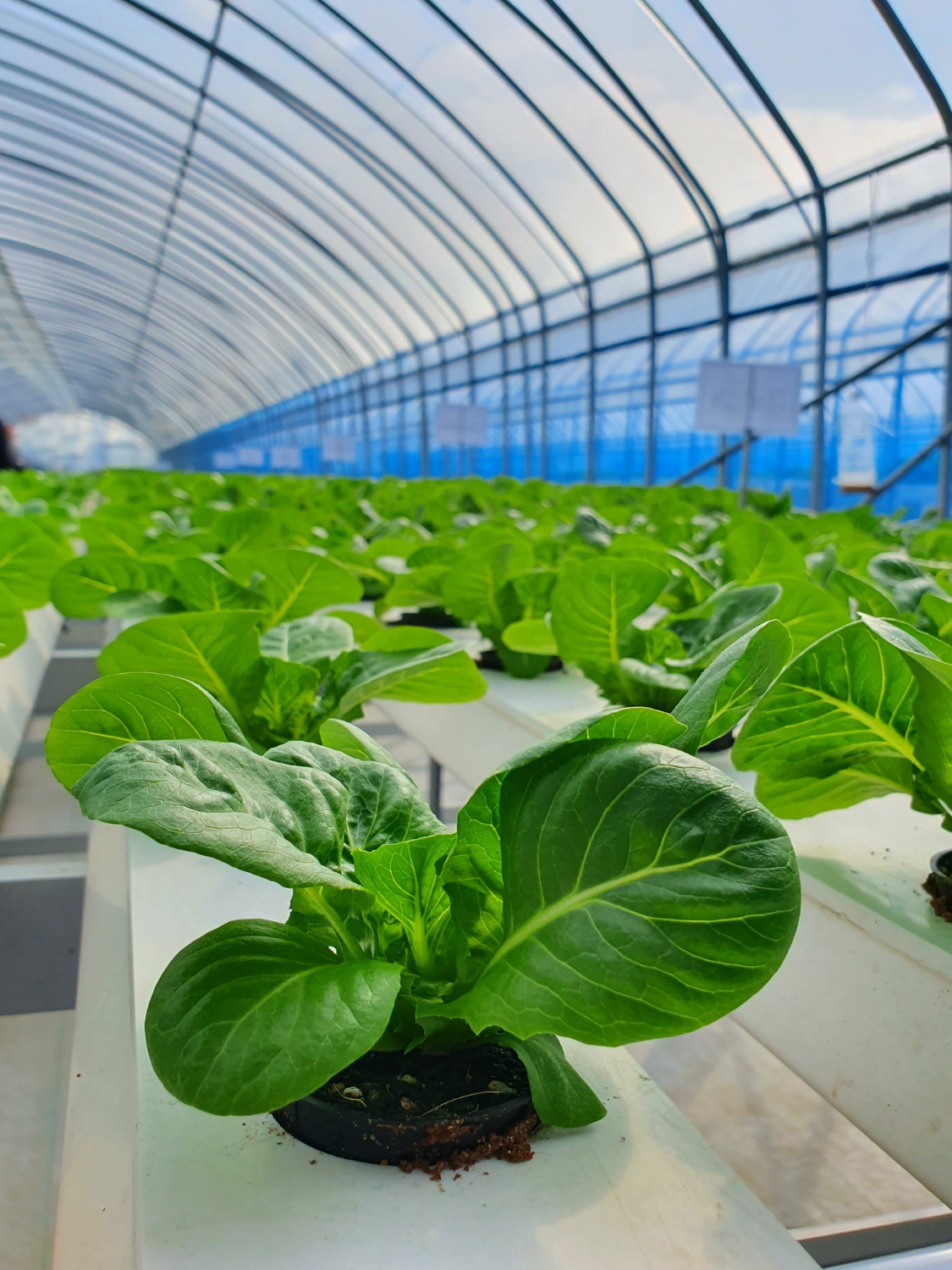
The Ultimate Aquaponics Beginner’s Guide
Aquaponics, a portmanteau of ‘aquaculture’ (raising fish) and ‘hydroponics’ (soil-less plant culture), is an innovative and sustainable method of food production that combines the best of both worlds. This system is gaining traction as a fascinating solution to food sustainability, allowing for high-density, year-round farming with minimal environmental impact. Here, we delve into the world of aquaponics, providing a detailed guide for those who wish to embark on this eco-friendly journey.
Introduction
Aquaponics is not just a farming method; it’s a symbiotic ecosystem that you create and maintain. It’s a testament to nature’s balance, where fish and plants grow together in harmony. The benefits of aquaponics are numerous: it uses up to 90% less water than traditional farming, eliminates the need for chemical fertilizers, and can be set up anywhere, from urban rooftops to rural backyards. Unlike traditional farming, aquaponics doesn’t require arable land, and hence, it’s not subject to soil quality and availability constraints.
The Basics of Aquaponics
At its core, aquaponics is about creating a closed-loop system where water circulates between fish tanks and plant growing beds. Fish waste provides an organic nutrient source for the plants, and the plants purify the water, which is then recirculated back to the fish tanks. This cycle mimics a natural ecosystem.
Key Components:
- Fish: The choice of fish varies from tilapia and trout to ornamental species like koi, depending on your location and goals.
- Plants: Most leafy greens, herbs, and several fruiting plants thrive in aquaponic systems.
- Bacteria: Beneficial bacteria are the unsung heroes that convert ammonia from fish waste into nitrates, a form of nitrogen that plants can absorb.
The Science Behind Aquaponics
The backbone of aquaponics is the nitrogen cycle. Ammonia excreted by fish is converted by bacteria into nitrites and then nitrates. Plants use nitrates as nutrients. This process continually purifies the water, providing a healthy environment for the fish.
Types of Aquaponic Systems
- Media-Based Systems: These involve growing plants in inert media such as clay pebbles or gravel. It’s an excellent choice for beginners due to its simplicity and low maintenance.
- Nutrient Film Technique (NFT): Here, a thin film of nutrient-rich water flows through channels containing the plant roots. It’s ideal for leafy greens that require less support.
- Deep Water Culture (DWC): Plants float on water with their roots submerged, which is excellent for larger plants and commercial operations.
Setting Up Your First Aquaponics System
Designing Your System
When designing your system, consider the space you have available and the interdependence between the fish and plants. Balance is key. Choose species that have similar temperature and pH requirements.
Building the System
Gathering the right materials and tools is crucial. You’ll need tanks, grow beds, a water pump, pipes, and aeration equipment. Building an aquaponics system can be a DIY project or you can purchase pre-made kits.
Cycling Your System
Before adding fish, it’s essential to cycle the system to establish the nitrogen cycle. This involves adding a source of ammonia (like fish food or household ammonia) to encourage the growth of beneficial bacteria. Testing water quality is vital during this stage.
Maintaining Your Aquaponics System
Daily and Weekly Maintenance Tasks
Daily tasks include feeding the fish and observing plant and fish health. Weekly, you should test water parameters such as pH, ammonia, nitrite, and nitrate levels. Make adjustments as necessary to maintain a balanced ecosystem.
Troubleshooting Common Problems
Algae growth, pest infestations, and diseases can all threaten your aquaponics system. Algae can be minimized by controlling light and nutrients. Natural pest control methods are preferred, and fish diseases can often be prevented with good hygiene and quarantine practices.
System Optimization
To maximize production, ensure that your system is well-tuned with the correct flow rates and aeration levels. Seasonal changes may require adjustments to water temperature and lighting.
Harvesting and Enjoying Your Yield
Harvesting Your Crops
Knowing when to harvest your crops will ensure that you get the best flavor and nutritional content. Most leafy greens are ready to harvest when they have reached a suitable size and are still tender.
Harvesting Fish
Fish are generally ready for harvest at 12 to 18 months old. Humane harvesting methods should be used, and it’s important to follow local regulations regarding fish processing.
Enjoying Your Aquaponics System
The fruits of your labor can be enjoyed in your meals, and excess produce can be shared with friends or sold to contribute to the local food system. Aquaponics can also serve as an educational tool to teach others about sustainable farming practices.
Conclusion
Aquaponics is an engaging, productive, and sustainable way to produce food. By embracing this method, you contribute to a more sustainable future while enjoying fresh, organic produce right at home.
The journey into aquaponics is not just about growing food; it’s about participating in a cycle of life that emphasizes balance, sustainability, and respect for nature. It offers a glimpse into the future of farming, where efficiency and ecology go hand in hand. Whether you’re a hobbyist looking to grow your greens or an entrepreneur aiming to revolutionize urban farming, aquaponics is a world worth exploring.
